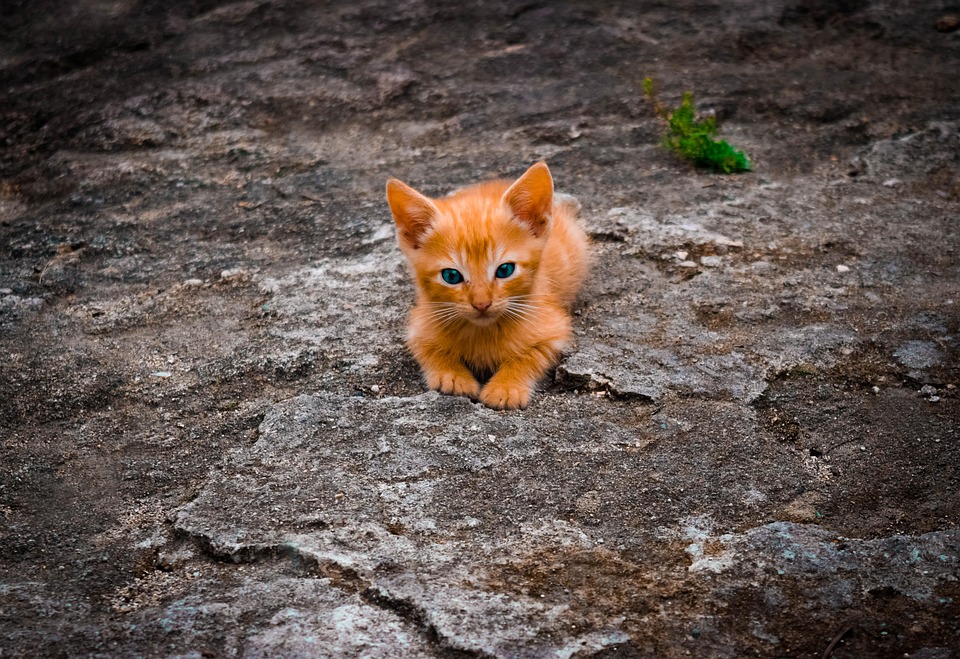
Welcoming a kitten into your home is an exciting journey that comes with its own set of responsibilities. One of the most crucial aspects of kitten care is mastering the art of cat litter. Proper litter box maintenance is not just about keeping your home clean; it’s also essential for the health and happiness of your feline friend. In this article, we will explore valuable insights and practical advice to help both new and experienced cat owners create a welcoming environment for their kittens.
Understanding the Basics of Cat Litter
Before diving into the specifics of litter management, it’s important to understand the different types of cat litter available. Each type has its own benefits and drawbacks, and choosing the right one can make a significant difference in your kitten’s comfort and your convenience.
Clay-Based Litter
Clay-based litter is the most common and affordable option available. It’s highly absorbent and effective at controlling odor. However, it can be dusty, which may cause respiratory issues for both you and your kitten. Additionally, it’s not biodegradable, making it less environmentally friendly.
Clumping Litter
Clumping litter, often made from bentonite clay, forms solid clumps when wet, making it easier to scoop and maintain. This type of litter is excellent for odor control and is a popular choice among cat owners. However, it can still be dusty and is not biodegradable.
Silica Gel Litter
Silica gel litter is made from tiny silica crystals that absorb moisture and control odor effectively. It’s low-dust and requires less frequent changing. However, it can be more expensive than other options and may not be as comfortable for some kittens.
Biodegradable Litter
Biodegradable litter options include materials like pine, corn, wheat, and recycled paper. These options are eco-friendly and often dust-free. However, they may not be as effective at controlling odor and may require more frequent changes.
Choosing the Right Litter Box
The litter box is just as important as the litter itself. Selecting the right box can influence your kitten’s willingness to use it and make your maintenance routine easier.
Size Matters
When selecting a litter box, consider your kitten’s size and growth. A box that is too small may discourage use, while one that is too large can be intimidating for a young kitten. Opt for a medium-sized box and be prepared to upgrade as your kitten grows.
Open vs. Covered Boxes
Open litter boxes allow for easy access and cleaning, while covered boxes provide privacy and contain odors better. Some kittens prefer the security of a covered box, while others may feel trapped. It’s important to observe your kitten’s preferences and adjust accordingly.
Automatic Litter Boxes
Automatic litter boxes offer convenience by self-cleaning after each use. They’re a good option for busy pet owners but can be expensive and may be intimidating for some kittens due to their noise and movement.
Location is Key
The placement of the litter box can significantly impact your kitten’s willingness to use it. Here are some tips for finding the ideal location:
- Quiet and Private: Place the litter box in a quiet, low-traffic area of your home to provide your kitten with the privacy it needs.
- Avoid High-Traffic Areas: Avoid placing the box in busy areas or near noisy appliances, as this can deter your kitten from using it.
- Easy Access: Ensure the litter box is easily accessible to your kitten, avoiding locations that require climbing stairs or navigating obstacles.
Establishing a Cleaning Routine
Regular cleaning of the litter box is essential for your kitten’s health and comfort. A consistent cleaning routine will also help keep your home odor-free.
Daily Scooping
Scoop the litter box at least once a day to remove waste. This not only keeps the box clean but also encourages your kitten to continue using it. Clumping litter makes this process easier, as waste can be removed without changing all the litter.
Weekly Litter Change
Change the entire litter at least once a week. Wash the litter box with mild soap and water, avoiding harsh chemicals that may leave a scent your kitten dislikes. Ensure the box is completely dry before refilling it with fresh litter.
Monthly Deep Clean
Once a month, give the litter box a thorough cleaning. This includes scrubbing the box and replacing it if it shows signs of wear or damage. A clean litter box is crucial for preventing health issues and maintaining your kitten’s comfort.
Addressing Litter Box Problems
Even with the best efforts, you may encounter litter box problems. Understanding the potential causes can help you address these issues effectively.
Medical Issues
If your kitten suddenly stops using the litter box, it’s crucial to rule out any medical issues. Urinary tract infections, bladder stones, and other health problems can lead to litter box aversion. Consult your veterinarian for a thorough examination.
Stress and Anxiety
Changes in the household, such as new pets or family members, can cause stress and lead to litter box avoidance. Ensure your kitten has a quiet, safe space to retreat to and consider using pheromone diffusers to reduce stress.
Litter Preferences
Some kittens may be sensitive to the type of litter used. If your kitten avoids the box, try switching to a different type of litter. Gradually transition to the new litter by mixing it with the old type to avoid overwhelming your kitten.
Training Your Kitten
Training your kitten to use the litter box is an essential part of your responsibilities as a pet owner. With patience and consistency, you can help your kitten develop good habits.
Introducing the Litter Box
When you first bring your kitten home, place it in the litter box to familiarize it with the location. Gently scratch the surface of the litter with your fingers to demonstrate its use. Repeat this process several times a day, especially after meals and naps.
Positive Reinforcement
Encourage your kitten with positive reinforcement. Praise and reward your kitten with treats or affection when it uses the litter box correctly. Avoid punishment, as it can create fear and anxiety around the litter box.
Consistency is Key
Maintain a consistent routine to reinforce good habits. Place your kitten in the litter box at regular intervals, especially after eating, drinking, or waking up. Consistency will help your kitten understand the association between these activities and using the litter box.
Conclusion
Mastering the art of cat litter is a vital component of responsible kitten care. By understanding the various types of litter and litter boxes, establishing a regular cleaning routine, addressing potential issues, and training your kitten effectively, you can create a healthy and happy environment for your feline friend. With patience and dedication, you’ll enjoy the rewards of a well-adjusted and content kitten in your home.
#ChatGPT assisted in the creation of this article.








